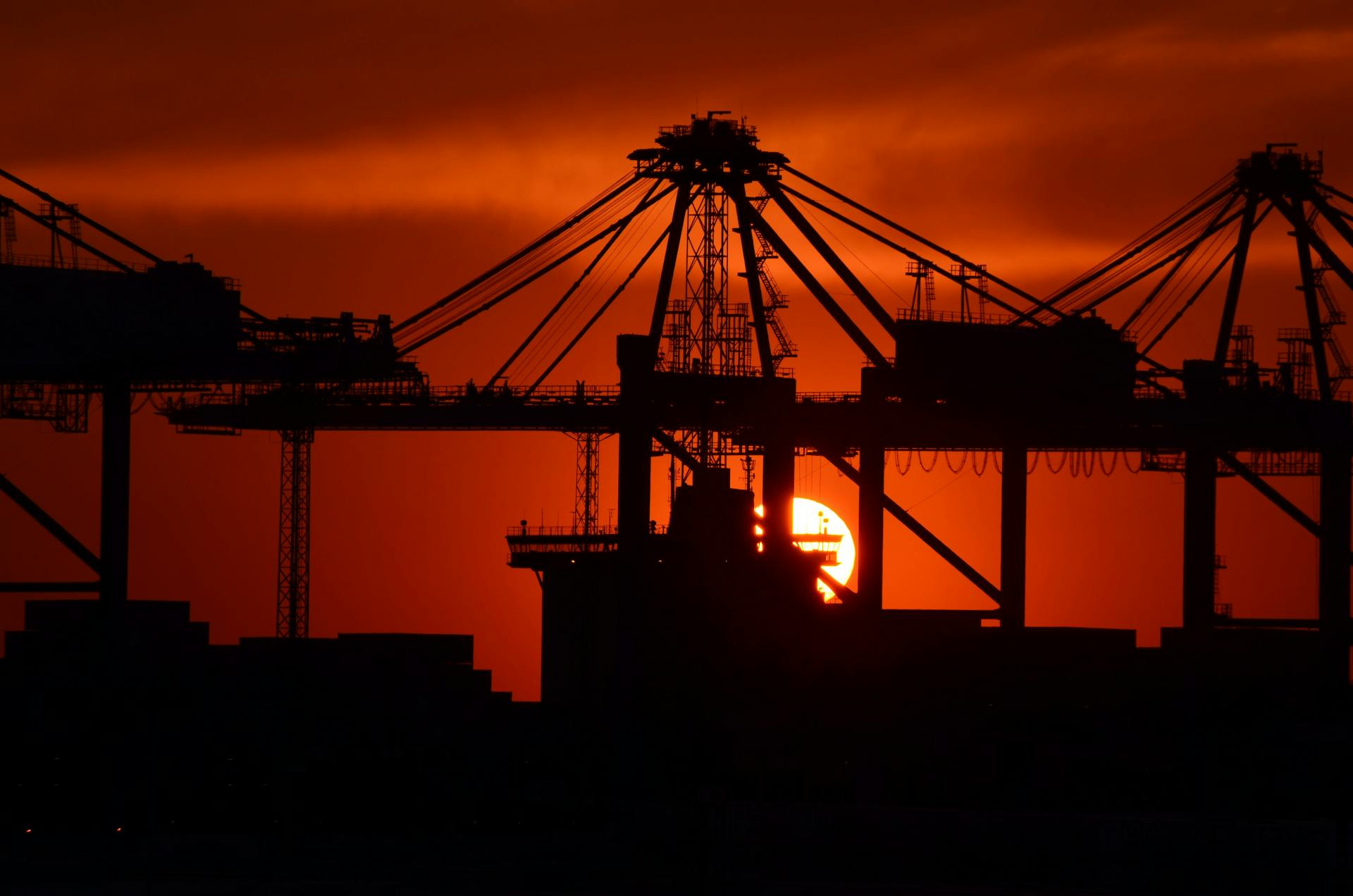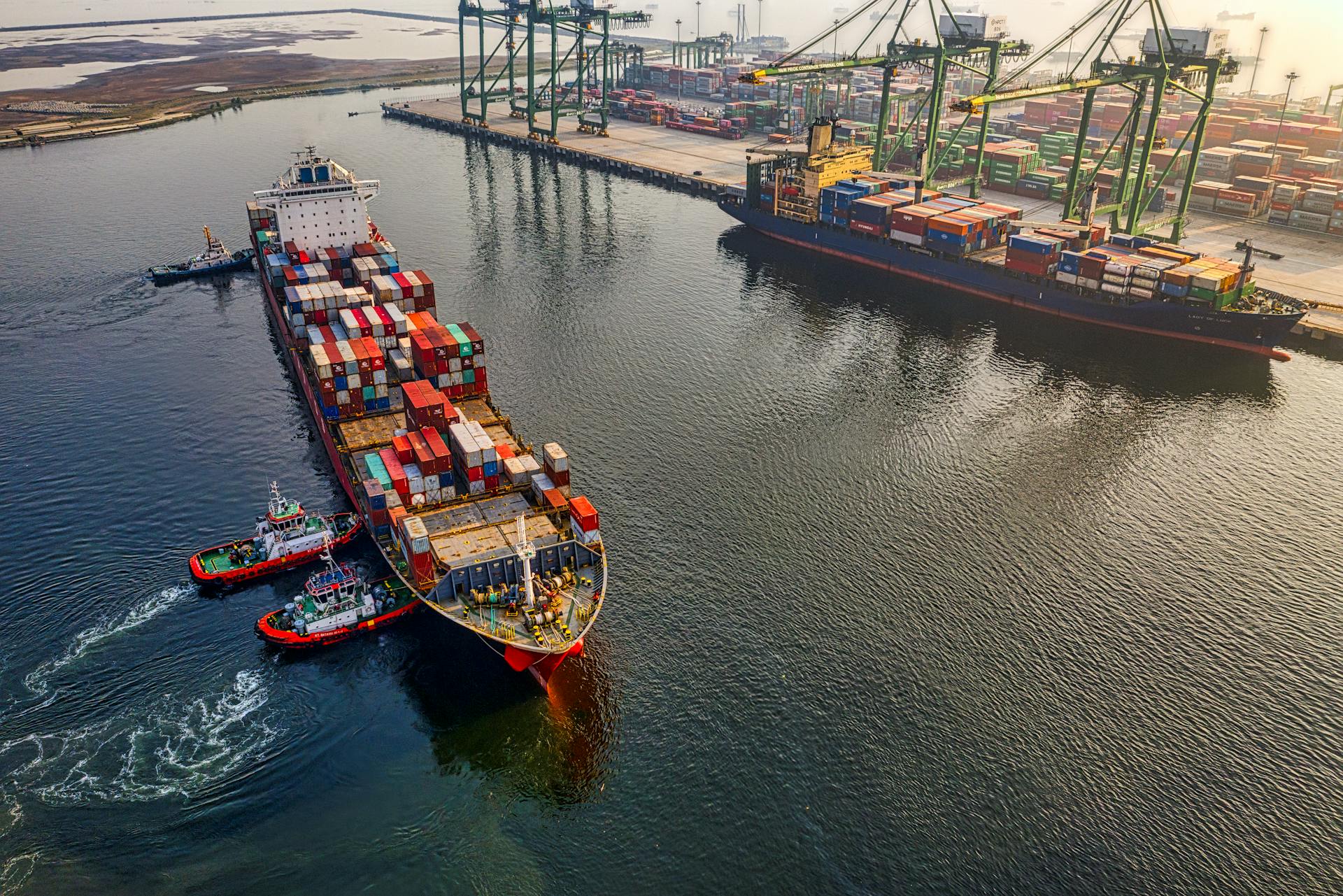
If tariffs snap back tomorrow, how resilient is your supply chain?
As the U.S.-China tariff truce approaches expiration in mid-August 2025, importers are re-evaluating their exposure to customs duties, freight costs, and sourcing risks. The Geneva agreement has delivered short-term clarity—but not lasting certainty.
At Dedola Global Logistics, we’ve helped importers navigate shifting tariff landscapes for nearly five decades. While the future of U.S.-China trade policy remains fluid, importers can protect their operations and margins with proactive, flexible planning.
Understanding the Latest Tariff Update (June 2025)
Following trade meetings in London and Geneva, both nations reaffirmed their commitment to a framework that maintains:
-
A 55% cumulative U.S. tariff on Chinese-origin goods
-
A 10% Chinese tariff on U.S. exports
-
Renewed trade in rare earth minerals, and
-
Relaxed restrictions on student and tech exchanges
These temporary measures represent progress—but they also signal the potential for volatility. (White House Briefing, WSJ Coverage, Reuters)
Top Tariff Scenarios and What They Mean for Importers
1. Full Tariff Reinstatement (Up to 145%)
If trade talks stall, the U.S. may reimpose elevated duties.
What it means for importers:
-
Up to 45% increases in landed costs
-
Urgent need for accurate HTS code classification
-
Potential compliance risk and customs audits
2. Sector-Based Partial Extension
Tariff relief could continue for specific sectors like electronics or agriculture, while others lose protection.
Implications:
-
Fragmented sourcing strategy
-
Uneven cost pressure on product lines
-
Strategic need for supply chain segmentation
3. Another Truce Extension
A renewed pause in tariff escalation would provide short-term calm.
Why it still matters:
-
Doesn’t eliminate uncertainty
-
May limit importers’ confidence to invest or diversify
-
Creates urgency to explore new freight routing options
Four Smart Moves to Fortify Your Supply Chain Now
1. Conduct a Tariff Strategy Audit
Start by modeling duty costs using current and worst-case scenarios. Our team can perform a no-obligation tariff code review to identify misclassifications or underutilized free trade agreements.
2. Diversify Country of Origin
Shift production or sourcing from high-tariff countries like China to Vietnam, India, or Mexico. We’re seeing increased success in multi-origin shipping through Dedola’s tailored freight solutions.
3. Align with Flexible Freight Partners
Customs delays and routing issues can erase margin gains. Align with freight forwarders who offer nimble multimodal shipping and proactive compliance support.
4. Stay Informed with Real Trade Intel
Leaders who monitor policy updates—from the USTR to WTO—move faster and smarter. Subscribe to our logistics blog for concise updates tailored for importers.
You Can’t Predict Tariffs. But You Can Prepare for Them.
What sets successful importers apart isn’t who they know—it’s what they plan for.
At Dedola, we help businesses turn trade shifts into opportunities by building resilience into the supply chain.
Want to pressure-test your exposure before the truce expires?
Book a 15-minute strategy call with our customs advisory team to see what moves you can make right now.


